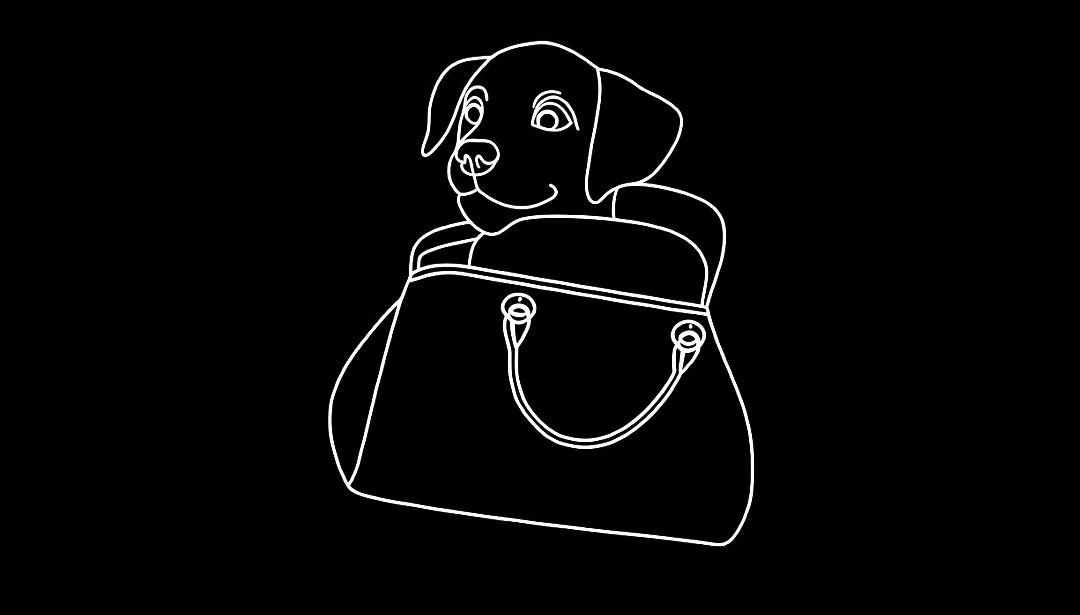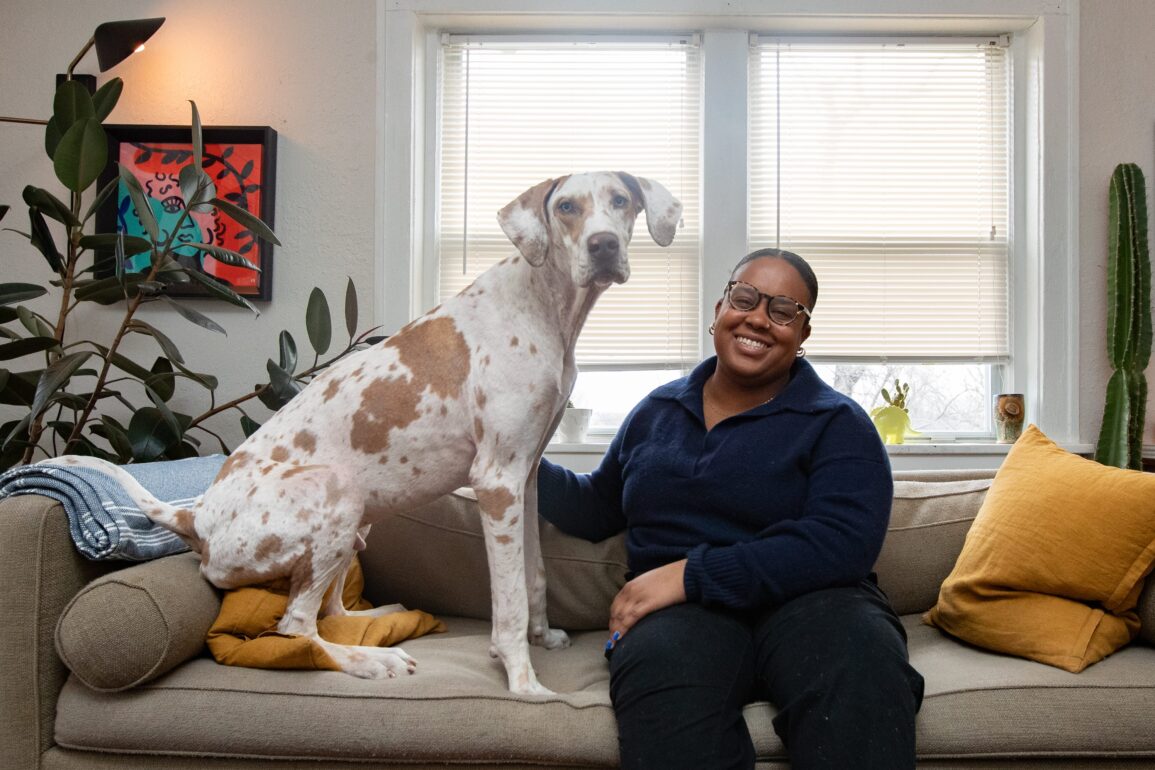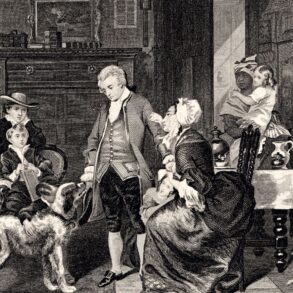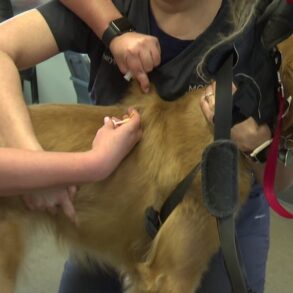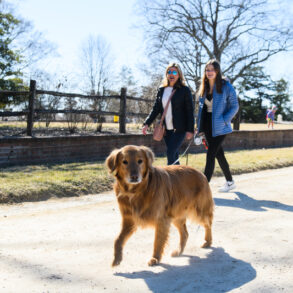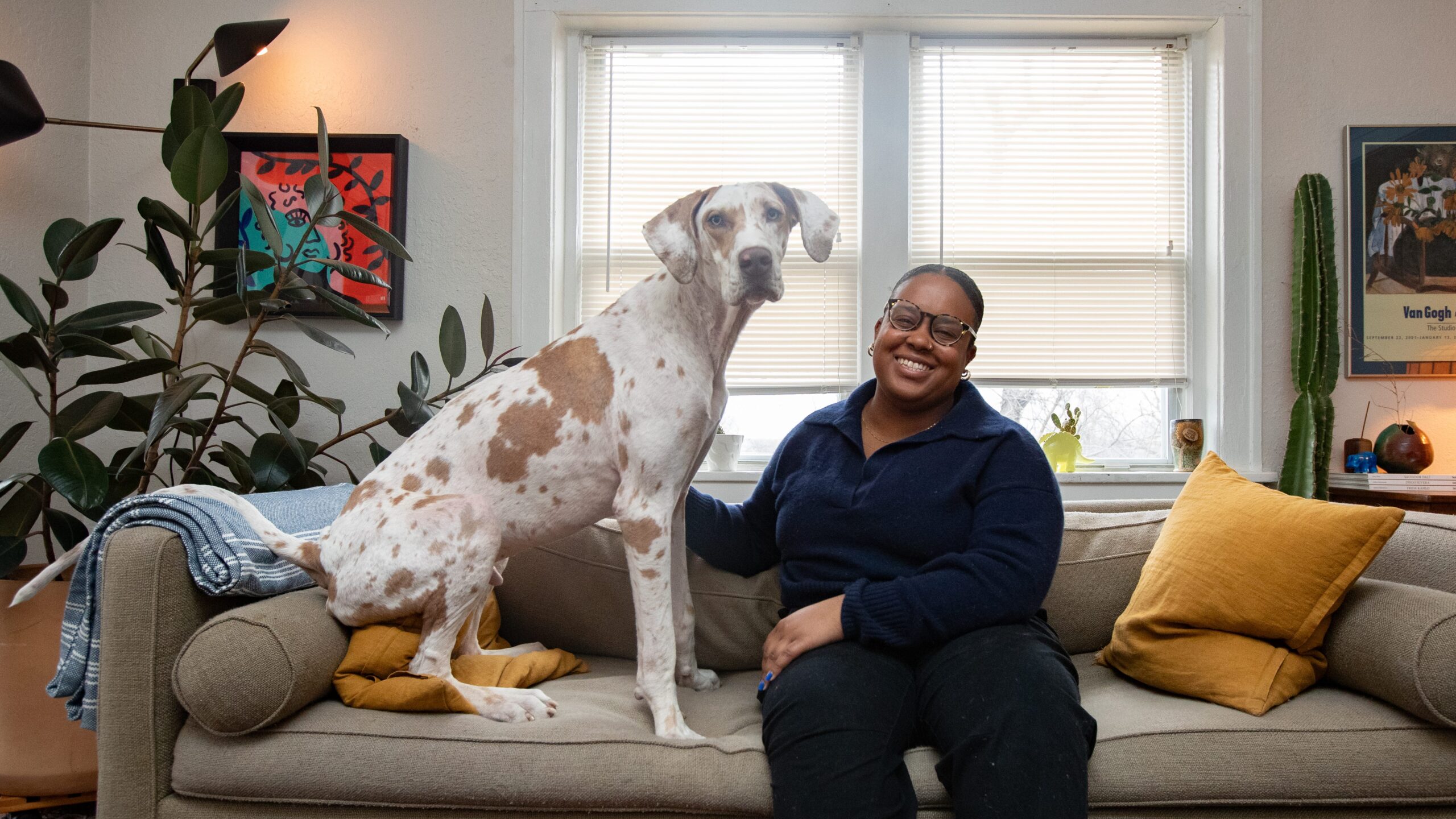
Video: Rescued dogs from Topeka home are enjoying new leash on life
Two of the 73 dogs and cats rescued in a Topeka home earlier this year are getting accustomed to their new life in Overland Park and Kansas City.
- The common belief that one human year equals seven dog years is an oversimplification, especially for a dog’s early and later years.
- Dogs mature rapidly in their first two years, with a 2-year-old dog comparable to a 24-year-old human.
- Larger dogs age faster than smaller dogs after the age of five, leading to variations in lifespan.
- Factors like genetics, lifestyle and breed also influence a dog’s lifespan.
The common belief that one human year equals seven dog years is an oversimplification, especially regarding a dog’s early and later years.
Fact-checking website snopes.com said that while that formula might apply fairly well to the middle years of a dog’s life, “It’s too simplistic to accurately reflect a dog’s developmental status closer to either end of its lifespan.”
Dogs physically mature at different speeds at separate times in their lives, studies show.
Here’s how the 7-year figure can be problematic
If one human year consistently amounted to seven years in the life of a dog, Snopes said, an 18-month-old dog and a 10-year-old child would essentially be equally physically mature.
But 18-month-old dogs are often fully grown while 10-year-old children aren’t, it notes.
Likewise, the website said, use of the seven-year formula would suggest a 15-year-old dog is equivalent in age to a 105-year-old person.
But dogs live to age 15 far more commonly than humans live to 105, it said.
Maturity-wise, a 2-year-old dog is equivalent to a 24-year-old human
Early in life, canines mature quickly, according to the website webmd.com.
A 1-year-old dog — regardless of size — has roughly the physical maturity of a 15-year-old human, said a chart that website published last year while citing sources that included the American Humane Society and the pet food producer Purina.
A 2-year-old dog of any size is equivalent in age to a 24-year-old human while a 5-year-old dog of any size is equivalent in age to a 36-year-old human, that chart said.
After turning 2, bigger dogs age quicker
But after dogs turn 5, the speed at which they mature varies based on their size and breed, with bigger dogs tending to age quicker, research shows.
At age 9, the webmd.com chart said, their estimated age in “human years” is as follows:
• 52 years for small dogs weighing less than 20 pounds.
• 56 years for medium-sized dogs weighing 21 to 50 pounds.
• 61 years for larger dogs weighing more than 50 pounds.
At age 12, estimated age is 64 for small dogs, 69 for medium dogs and 77 for larger dogs.
At age 15, estimated age is 76 for small dogs, 83 for medium dogs and 93 for larger dogs.
And at age 16, the chart shows, estimated age is 80 for small dogs, 87 for medium dogs and 120 — that’s not a misprint — for larger dogs.
Why do smaller dogs tend to live longer?
Scientists are still trying to figure out why smaller dogs age slower and live longer, said webmd.com.
That might have something to do with the fact that larger dogs, as they age more quickly, consequently begin suffering age-related health issues earlier in life, it said.
“This also speeds up abnormal cell growth, which causes conditions like cancer,” said webmd.com.
Some breeds have longer or shorter lives than other breeds of similar size
University of Washington researcher Silvan Urfer in 2019 published a study sharing data he collected regarding 169,000 dogs who died or were euthanized between Jan. 1, 2010, and Dec. 31, 2012, at U.S. veterinary clinics.
Urfer found small dogs lived an average of 14.95 years, medium-sized dogs lived an average of 13.86 years and large dogs lived an average of 13.38 years, according to an article published on the website of the American Kennel Club.
“The dog’s body size was the most important variable in predicting lifespan, more important than whether or not the dog was purebred,” the article said.
In some cases, it said, Urfer found dogs of certain breeds tended to have longer or shorter lives than dogs of other breeds of similar size.
For example, he found that among giant breeds, Great Pyrenees lived an average of 11.55 years while Great Danes lived an average of 9.63.
What other factors might affect a dog’s lifespan?
A dog’s lifestyle can also affect its longevity, according to webmd.com.
“Serious injuries, infectious diseases and extra pounds can shorten dog life expectancy,” it said.
Genetics can also shorten or lengthen a dog’s lifespan, webmd.com said.
“Like you, dogs inherit genes from their parents that may raise their chances of certain health conditions,” it said.
Contact Tim Hrenchir at threnchir@gannett.com or 785-213-5934.
This post was originally published on this site be sure to check out more of their content.
